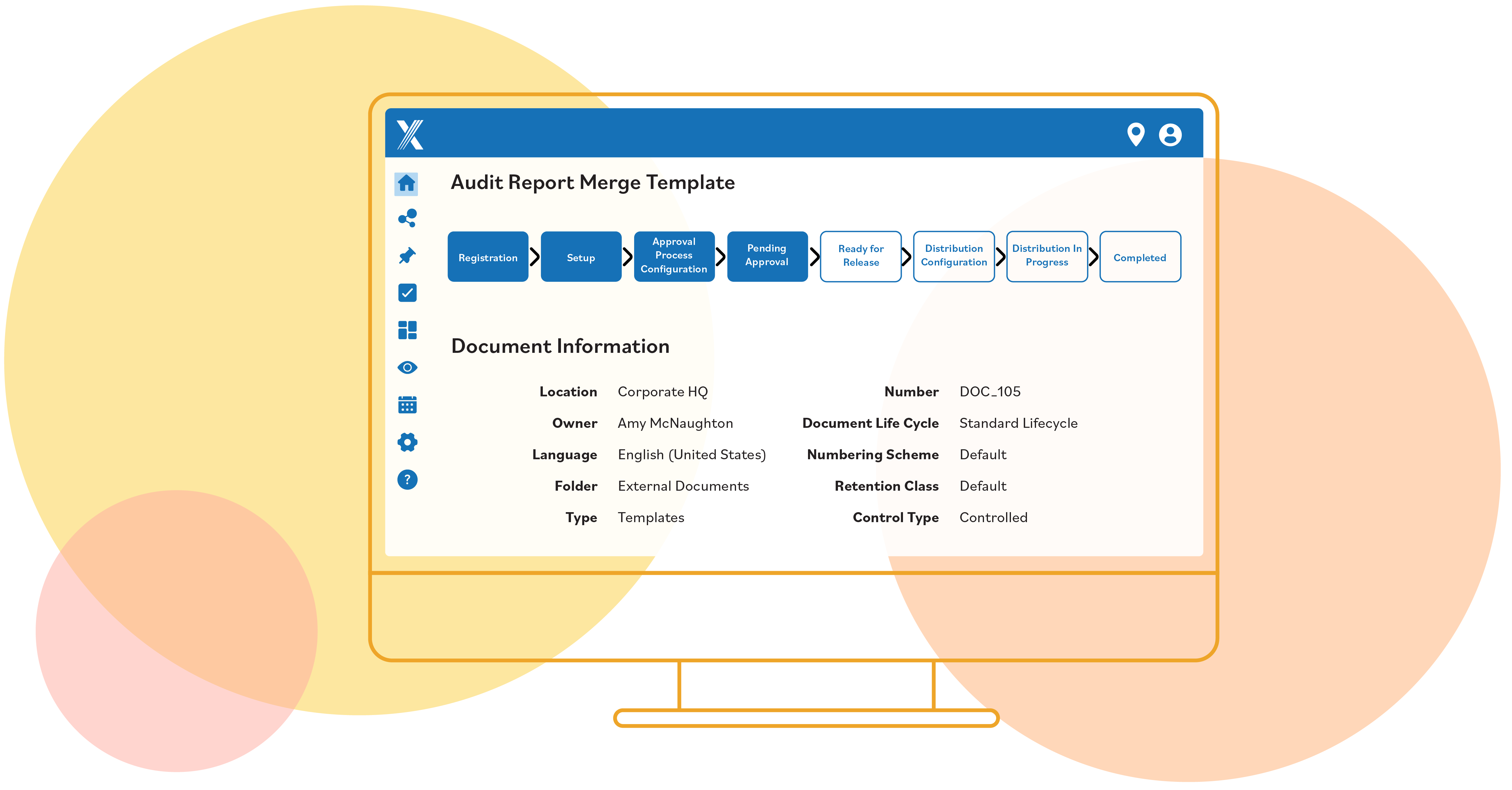ESG Success Starts with Strong EHS Leadership
November 22, 2022

Survey results show intrinsic links between the two practices of ESG and EHS with both areas sharing many common concerns and similar objectives.
The role played by environment, health and safety (EHS) in the development and execution of environmental social and governance (ESG) strategies may depend on who you ask.
A recent Safety + Health Magazine webinar highlighted 2022 research from Vance and Bourne conducted on behalf of Intelex and shed light on how EHS and ESG leadership professionals are dealing with their evolving mutual challenges. The resulting report – Big Ambitions. Complex Data. Limited Visibility – analyzes a survey of 450 professionals who occupy EHS and ESG leadership roles in North American public and private organizations representing 17 business sectors.
Survey results show intrinsic links between the two practices with both areas sharing many common concerns and similar objectives. During the webinar it was revealed that a vast majority of EHS and ESG leaders say they recognize ESG’s importance to their businesses and that ESG compliance is quickly becoming their biggest challenge.
Almost all respondents say their organizations see challenges with ESG in areas such as measuring performance improvement, return on investment and recognizing and understanding the sustainability impacts achieved.
Strengthening EHS’s Influence in ESG Initiatives
However, research from the National Safety Council (NSC) in the United States, whose membership comprises many EHS front-line practitioners, suggests EHS in many organizations is not yet fully entrenched in ESG strategy development. During the webinar, John Dony, the vice president of workplace strategy for the NSC, highlighted 2022 research that shows 85 percent of 750 EHS and ESG professionals surveyed by the NSC saying EHS has some level of involvement in the execution of ESG strategies.
But the NSC research also reveals only about a quarter of those respondents say EHS is a key partner and stakeholder in ESG. More often, according to the NSC research, EHS has a much narrower ESG focus, particularly around execution of employee safety and health plus in areas including the social pillar of ESG and human capital.
“The actual way in which safety and health stakeholders are showing up may not as prominent as we would always like,” Dony says. “I think we have some work to do in terms of our positioning.”
Three-quarters of those surveyed by the NSC say they currently include safety and health metrics in their ESG metrics, but Dony says these are commonly tracked lagging metrics such as total recordable incident rates and lost-time incidents. He describes these metrics as low-hanging fruit and “not great representations of actual safety capacity or performance.
“If the goal is to understand actual safety ability, capacity and presence of defenses then we should probably be looking at different metrics,” he says. “I think we know that there are better ways to visualize and understand.”
The day-to-day role of EHS leaders in ESG, according to NSC’s research, shows only about 16 percent of organizations say EHS has a decision-making role. In most cases, Dony says EHS professionals typically provide guidance through such activities as training and workforce management. Most are executing ESG strategies that have been “defined up and above them.”
“Positionally, it’s good to see the involvement,” he says. “But we have some maturing to do in exactly how we show up and where we’re involved.”
The Rising Responsibility of EHS Professionals in Shaping ESG Outcomes
Scott Gaddis, the vice president and global practice leader for health and safety at Intelex, says EHS professionals will continue to play an increasingly more important part of ESG’s future. ESG will become a public report card, used to compare companies and competitors against each other and EHS data will be used by investors to evaluate the ESG performance of companies, he says. That means EHS professionals will take on greater responsibility for ESG and business success.
“We’re not going to wiggle away from this,” Gaddis says. “We’re part of that social pillar within ESG, so we’ve got a lot of work there to do.” In addition to providing ESG data, EHS professionals need to continue positioning themselves as ESG leaders within their organizations.
The ESG Journey and How Changing Workforce Drives Its Adoption
Dony says the NSC has been following the ongoing conversations regarding the emergence and evolution of ESG and sustainability for the past 10 or 12 years. The NSC research combined with the Vance and Bourne research provides a clear picture of where health and safety “shows up” in ESG, he says.
“But I’d say there’s still quite a bit of confusion on this topic and it hasn’t always been something that everyone agrees with, or thinks is something critical to safety and health work,” he says.
Dony recalls that when the NSC first began speaking about ESG and sustainability to its health and safety members during its conference back around 2012, the general feedback by EHS professionals regarding ESG was less than enthusiastic.
“There was broad concern that we were talking about something that wasn’t as relevant to the audience…that this whole conversation was taking air out of the room when it came to the core issues of safety and health,” he says. “It was a topic then seen as a buzzword…and [that it] was going to eventually disappear. I understand why we heard that feedback. It was an experiment to talk about something back then that was a little out of people’s comfort zone.”
So, the NSC moved away from the ESG conversation and placed greater focus on EHS issues, including the emerging science around injury prevention, safety cultures, human organizational performance and the NSC’s Work to Zero initiative to eliminate workplace fatalities through the use of technology.
But since that time the importance of ESG and sustainability has dramatically risen, Dony says. He cites demographic changes such as the rise of millennials and Gen-Z in the workforce as key drivers of ESG’s heightened awareness and importance.
“There has been a significant rise in the interest in responsible investment,” he says. “The investment community is driving a lot of the conversation.”
Positioning EHS Leadership for a Strategic Role in ESG Success
The evolving landscape of ESG presents both challenges and opportunities for EHS professionals. While the link between EHS and ESG is becoming clearer, there is still work to be done in positioning EHS leaders as key contributors to ESG strategy. Research shows that while EHS is involved in ESG initiatives, it often plays a supporting role rather than a strategic one. As ESG compliance becomes increasingly crucial to business success, EHS professionals must step up to lead, providing valuable data and insights that drive sustainable practices.
The importance of ESG will only continue to grow, driven by factors such as shifting workforce demographics and the rising demand for responsible investment. EHS leaders have a critical role to play in shaping the future of ESG, but this will require greater involvement, new metrics and a strategic approach to aligning safety and health with broader sustainability goals.
To learn more about how to adapt to emerging ESG regulations like CSRD and ensure your organization stays ahead, watch our on-demand webinar Adapting to CSRD and Other Emerging ESG Regulations. Gain expert insights and practical strategies for navigating the evolving ESG landscape.





